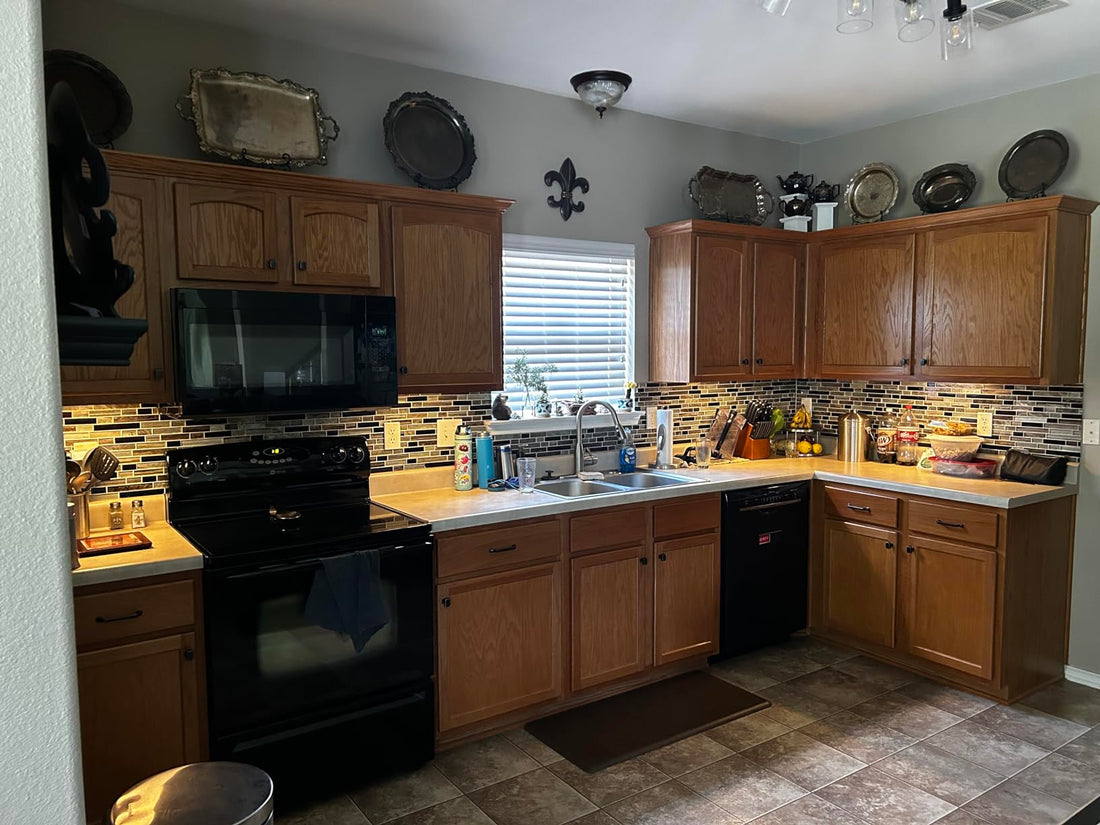
Enhance Security and Convenience with Motion Sensor Lights
Motion sensor lights are a smart and practical addition to any home or business. These lights automatically illuminate when they detect movement, providing enhanced security, convenience, and energy efficiency. In this guide, we will explore the benefits of motion sensor lights, tips for selecting the best ones, and provide a detailed installation and maintenance guide.
Benefits of Motion Sensor Lights:
- Enhanced Security: Motion sensor lights deter intruders by illuminating dark areas when movement is detected, making it harder for unwanted visitors to go unnoticed.
- Energy Efficiency: These lights only activate when needed, significantly reducing energy consumption compared to lights that stay on all night.
- Convenience: No need to fumble for switches in the dark. Motion sensor lights automatically turn on, providing immediate illumination when you enter a room or outdoor area.
- Safety: By lighting up pathways, stairs, and driveways, motion sensor lights help prevent accidents and falls.
- Versatility: Available in various designs and sizes, motion sensor lights can be used both indoors and outdoors for different applications.
Choosing the Right Motion Sensor Lights:
- Detection Range: Consider the distance and angle at which the light can detect motion. A wider angle and longer range are ideal for larger areas like driveways and backyards.
- Brightness: Measure in lumens, the brightness should be sufficient to light up the intended area. For outdoor security, a higher lumen count (e.g., 1000 lumens or more) is recommended.
- Power Source: Motion sensor lights can be powered by electricity, batteries, or solar energy. Choose based on your installation preferences and energy-saving goals.
- Weather Resistance: For outdoor use, ensure the lights are weatherproof with an IP rating of at least IP65 to withstand rain, snow, and dust.
- Adjustable Settings: Look for lights with adjustable sensitivity, duration, and brightness settings to customize performance according to your needs.
Top Features to Look For:
- Dual Brightness Modes: Some lights offer a dim mode that stays on all night and switches to bright mode when motion is detected.
- Timer Function: Allows you to set how long the light stays on after motion is detected.
- Day/Night Sensor: Ensures the light only activates in low-light conditions, saving energy during the day.
- Wide Detection Range: A detection range of up to 180 degrees and 70 feet is ideal for maximum coverage.
- Easy Installation: Look for lights that come with clear instructions and necessary hardware for quick and hassle-free installation.
Step-by-Step Installation Guide:
- Choose the Location: Identify areas that require illumination, such as entryways, driveways, backyards, and stairways. Ensure the location allows the sensor to cover the desired detection range.
- Mounting the Light: Follow the manufacturer's instructions for mounting the light. For electric-powered lights, this may involve securing the light fixture and connecting wires. For battery or solar-powered lights, simply mount them in place using screws or adhesive strips.
- Adjust the Sensor: Position the sensor to cover the desired area. Adjust the angle and direction as needed to maximize detection efficiency.
- Test the Light: Once installed, test the light by walking through the detection area. Adjust the sensitivity and duration settings to achieve the optimal performance.
- Secure and Finalize: Ensure all components are securely fastened and make any final adjustments. Double-check that the light activates correctly when motion is detected.
Maintenance Tips:
- Regular Cleaning: Keep the sensor and light clean by wiping away dust and debris with a damp cloth. This ensures optimal performance and longevity.
- Battery Replacement: For battery-powered lights, replace the batteries as needed to maintain functionality. Check the manufacturer's guidelines for recommended battery types and replacement intervals.
- Inspect for Damage: Periodically check the light and sensor for any signs of wear or damage. Replace any broken components promptly to ensure continued performance.
- Adjust Settings Seasonally: Depending on the time of year and lighting conditions, you may need to adjust the sensor’s sensitivity and duration settings.
Frequently Asked Questions (FAQ):
Q: How do motion sensor lights work?
A: Motion sensor lights use passive infrared (PIR) sensors to detect heat and movement. When the sensor detects motion within its range, it triggers the light to turn on.
Q: Can motion sensor lights be used indoors?
A: Yes, motion sensor lights are versatile and can be used indoors for hallways, staircases, basements, and other areas where automatic lighting is beneficial.
Q: How can I prevent false triggers on my motion sensor lights?
A: Adjust the sensitivity settings to avoid detecting small animals or objects. Position the sensor to minimize interference from wind-blown branches or moving vehicles.
Q: Are solar-powered motion sensor lights effective in all climates?
A: Solar-powered lights are generally effective in most climates but may have reduced performance in areas with prolonged cloudy or rainy conditions. Ensure the solar panel is positioned to receive maximum sunlight.
Q: How long do motion sensor lights stay on?
A: The duration can typically be adjusted between 10 seconds to several minutes, depending on the model. Check the manufacturer's settings for specific options.
Motion sensor lights are a valuable addition to any property, enhancing security, convenience, and energy efficiency. By choosing the right lights, installing them properly, and maintaining them regularly, you can enjoy the benefits of reliable, automatic illumination. Whether for safety, security, or convenience, motion sensor lights are an effective and practical solution for both indoor and outdoor lighting needs.








